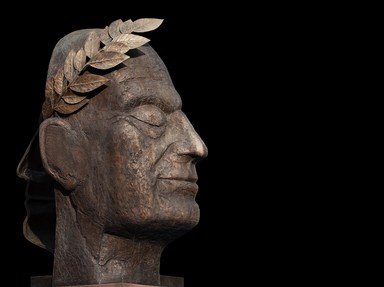Quiz Answer Key and Fun Facts
1. Septimius Severus was born in 145 AD. Where was he born?
2. Septimius Severus was the father of Publius Septimius Geta. Who was the mother of Septimius Severus?
3. Septimius Severus worked his way up through the Roman military, becoming a consul in 190 AD under the reign of what emperor?
4. After they had murdered Roman emperor Pertinax in 193 AD, the Praetorian Guard sold the throne of Rome to the highest bidder, until he was ousted from power and killed. Who was he?
5. Although Septimius Severus was proclaimed Roman emperor, there was another man who had also been declared the best choice for the Roman throne at the same time. Who was he?
6. Paccia Marciana was Septimius Severus' first wife. Who was his second?
7. Septimius Severus and his second wife had two sons. They were Caracalla and which of these?
8. Septimius Severus had an ally before he became Roman emperor, whom had assumed would be made his successor upon taking power, before revolting when this was not the case, and was eventually defeated in the Battle of Lugdunum. Who was he?
9. To preserve his own legacy and not be overshadowed by previous emperors, Septimius Severus attempted to completely demolish Hadrian's Wall.
10. Who was the maternal cousin of Septimis Severus, who was second in command in Rome until his execution in 205 AD?
11. In 197 AD what did Septimius Severus legalise?
12. Where did Septimius Severus and the Roman army invade in 202 AD?
13. Septimius Severus had an arch built in Rome, but there is another Arch of Septimius Severus built where?
14. Septimius Severus died in 211 AD. Where did he die?
15. Where was Septimius Severus buried?
Source: Author
LuH77
This quiz was reviewed by FunTrivia editor
gtho4 before going online.
Any errors found in FunTrivia content are routinely corrected through our feedback system.

